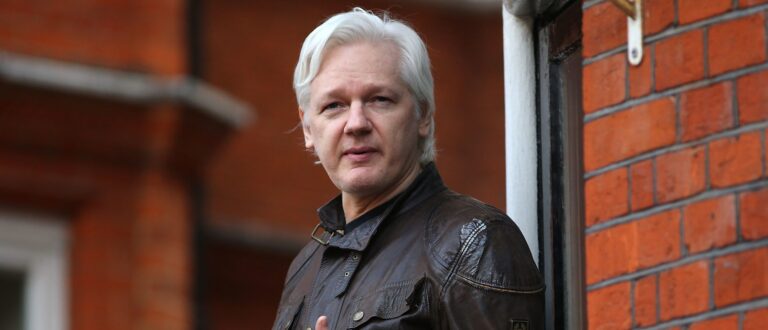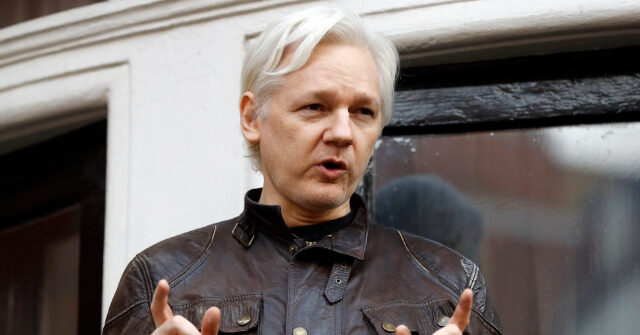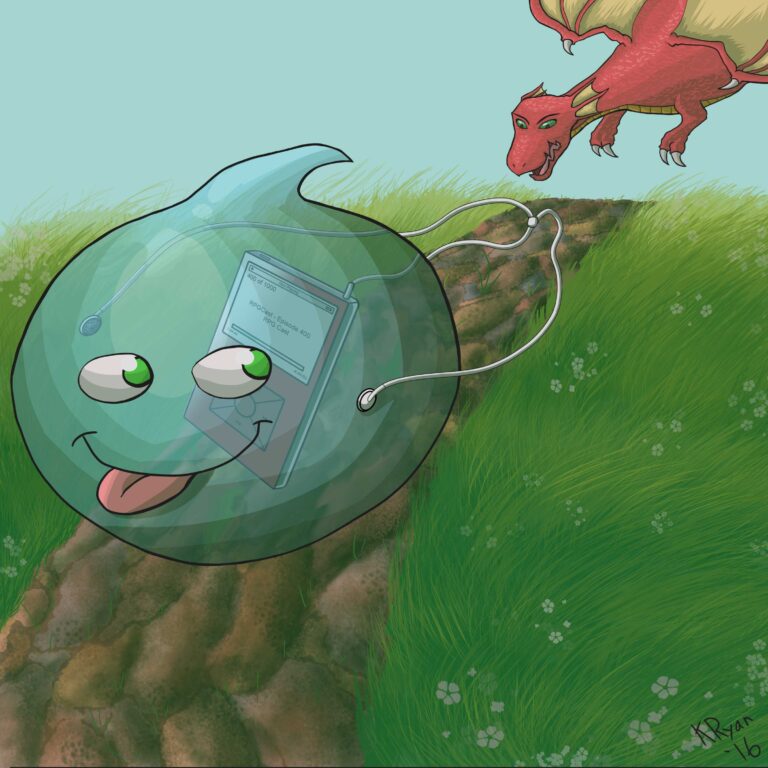On Super Bowl Sunday, the White House released a short video in which a smiling President Biden, sitting next to a table stocked with chips, cookies and sports drinks, slammed companies for reducing the package size and portions of popular foods without an accompanying reduction in price.
“I’ve had enough of what they call shrinkflation,” Mr. Biden declared.
The video lit up social media and delighted a consumer advocate named Edgar Dworsky, who has studied “shrinkflation” trends for more than a decade. He has twice briefed Mr. Biden’s economic aides, first in early 2023 and again a few days before the video aired. The first briefing seemed to lead nowhere. The second clearly informed Mr. Biden’s new favorite economic argument — that companies have used a rapid run-up in prices to pad their pockets by keeping those prices high while giving consumers less.
The products arrayed in the president’s video, like Oreos and Wheat Thins, were all examples of the shrinkflation that Mr. Dworsky had documented on his Consumer World website.
While inflation is moderating, shoppers remain furious over the high price of groceries. Mr. Biden, who has seen his approval ratings suffer amid rising prices, has found a blame-shifting message he loves in the midst of his re-election campaign: skewering companies for shrinking the size of candy bars, ice cream cartons and other food items, while raising prices or holding them steady, even as the companies’ profit margins remain high.
The president has begun accusing companies of “ripping off” Americans with those tactics and is considering new executive actions to crack down on the practice, administration officials and other allies say, though they will not specify the steps he might take. He is also likely to criticize shrinkflation during his State of the Union address next week.
Mr. Biden could also embrace new legislation seeking to empower the Federal Trade Commission to more aggressively investigate and punish corporate price gouging, including in grocery stories.
White House officials credit Senator Bob Casey, Democrat of Pennsylvania, with bending the president’s ear on the issue. Mr. Casey’s office released a scathing shrinkflation report last year calculating that about one-tenth of recent price increases for snacks and toilet paper were attributable to companies’ reducing the number of cookies in a bag or sheets on a roll.
Mr. Casey has centered the issue in his re-election campaign, blaming large companies for price increases that have left consumers struggling to afford sufficient amounts of essential items. “Some of this is really pernicious,” he said in an interview. “You can’t wait a year to buy paper towels or to buy boneless chicken or to buy groceries or to buy Huggies diapers.”
Liberal senators and some progressive think tanks in Washington pushed Mr. Biden early in his term to blame corporate greed for the biggest surge in consumer prices in four decades. Senator Elizabeth Warren, Democrat of Massachusetts, accused corporations of gouging consumers as prices began to spike in 2021.
Some Democratic economists, including veterans of previous administrations, like Harvard’s Jason Furman, have rejected claims that price gouging was to blame for inflation. Mr. Biden only partially embraced the argument, calling out meatpackers and oil companies selectively, and talking extensively about other drivers of inflation, including supply chains snarled by the pandemic.
“It was not as broad of a brush as some people would have wanted,” said Bharat Ramamurti, a former economic adviser to Mr. Biden, who nevertheless fielded angry calls from companies that Mr. Biden called out in 2021 and 2022.
Since then, Mr. Ramamurti noted, polls have shown that Americans are angry at corporations for price increases — including for groceries. Part of Mr. Biden’s shrinkflation strategy, Mr. Ramamurti said, “is trying to meet the public where they are and talk about issues that are really top of mind.”
White House officials acknowledge the politics of the issue but say other factors are also driving Mr. Biden’s rhetoric. Administration economists have been struck by persistently high corporate profit margins even as inflation cools; food production costs have fallen much faster over the last year than the price of food on store shelves.
Mr. Biden has discussed grocery prices extensively with voters. And, as he noted in his Super Bowl Sunday video, he is an unabashed ice cream fanatic.
Progressives who pushed Mr. Biden to target corporations earlier and more aggressively on price increases have welcomed his new focus. Lindsay Owens, the executive director of the liberal think tank Groundwork Collaborative in Washington, said in an interview that Mr. Biden’s comments were well timed to help voters understand why, even amid falling inflation, groceries and other key prices remain stubbornly high.
“The supply chain piece isn’t resonating with folks anymore,” she said. “The shelves are stocked. When you’re trying to explain the last mile, this is an important piece of it.”
Mr. Dworsky said he was glad that Mr. Biden had realized the power in focusing on shrinkflation.
“I found a good spokesperson,” he said in an interview. “I can’t think of too many consumer education issues that have risen to that level.”
The post Biden Targets a New Economic Villain: Shrinkflation appeared first on New York Times.
#Biden #Targets #Economic #Villain #Shrinkflation #DNyuz




















+ There are no comments
Add yours